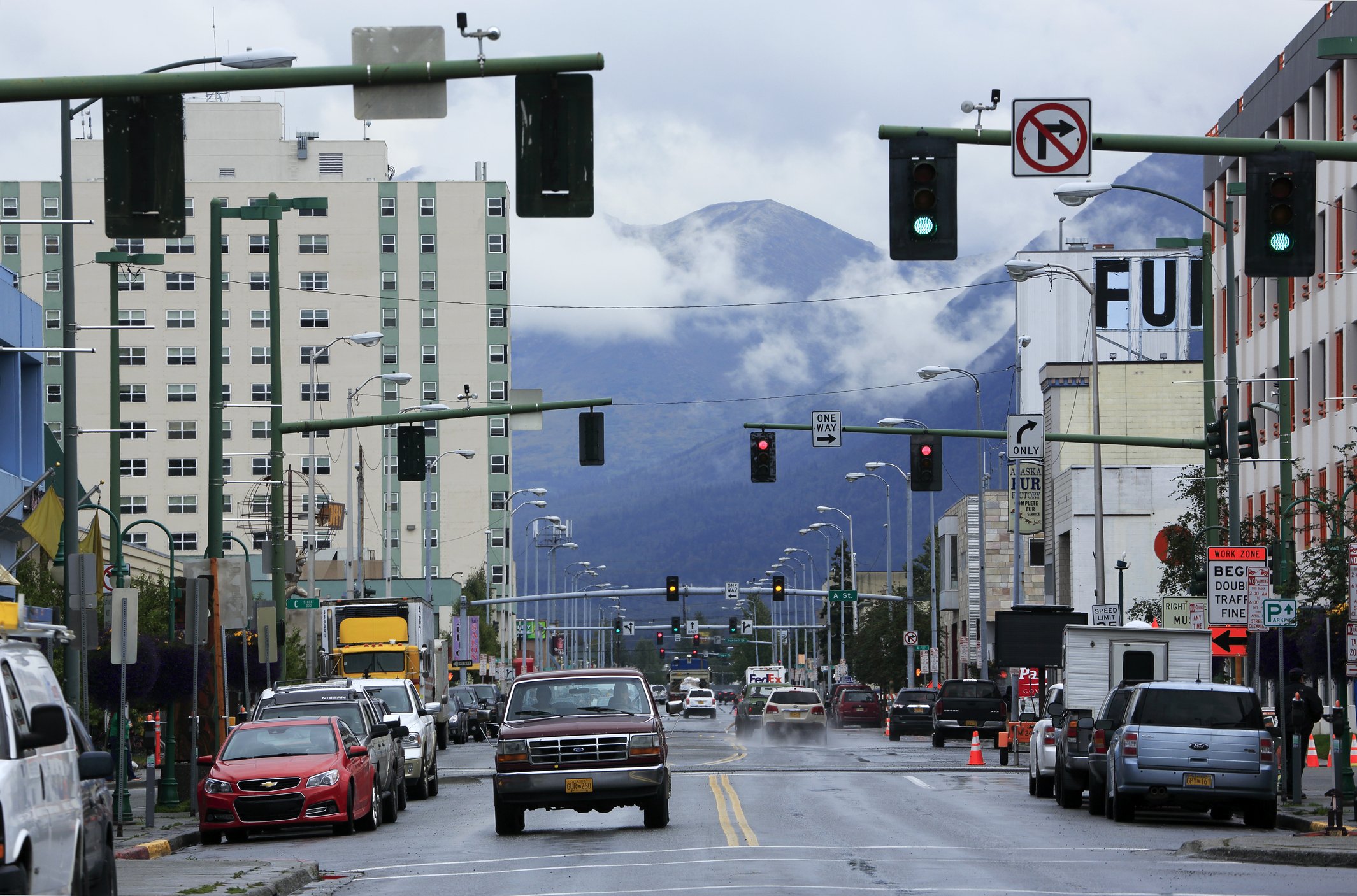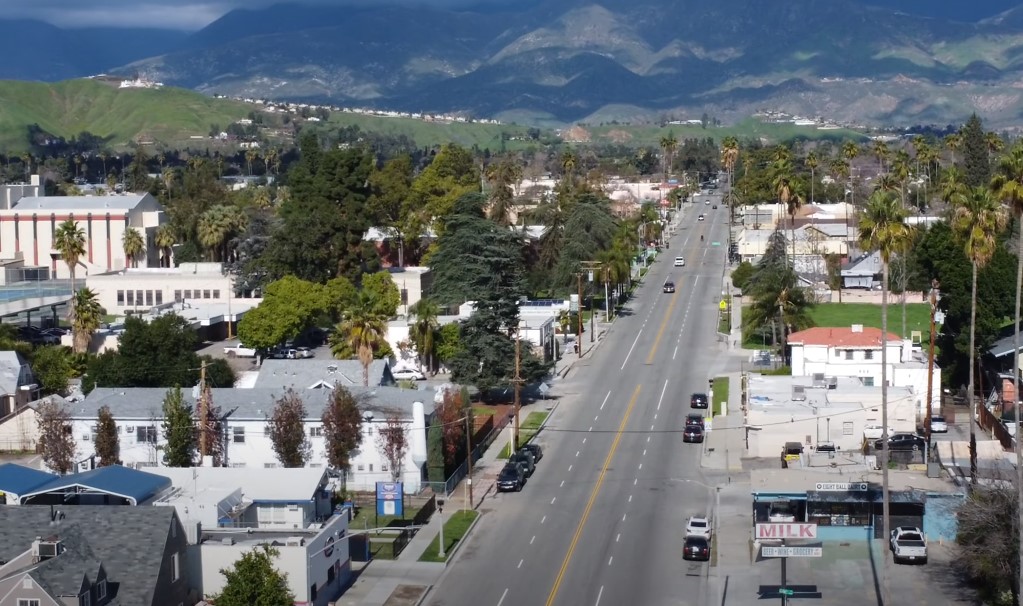California Cities Grapple with Rising Crime Rates
According to the report of Norada, California, celebrated for its stunning landscapes and lively culture is home to several cities grappling with troubling crime rates. Emeryville, with around 12,000 residents stands out as particularly hazardous with a crime rate of 132 per 1,000 people and a violent crime rate of 1 in 125, predominantly occurring in commercial areas. Similarly, Oakland faces significant challenges with violent crime largely driven by gang activity resulting in 70 crimes per 1,000 residents and a violent crime rate of 1 in 80.
Two Cities Battling Crime, Poverty, and Economic Struggles
Stockton is another city severely impacted by crime with a rate of 1,397 violent crimes per 100,000 people. The high levels of unemployment and poverty in Stockton aggravate these issues. San Bernardino also suffers from economic hardships and elevated crime rates including a violent crime rate of 1 in 104 and a property crime rate of 1 in 29. Additionally, the city has faced problems with air quality and has previously declared bankruptcy.

Californian Cities Beset by Crime
Cities like Compton, Richmond, Vallejo, Modesto, Merced, and Huntington Park are also affected by high crime rates, primarily due to gang violence and drug-related issues. Compton has a violent crime rate of 1 in 136 and a property crime rate of 1 in 22. Richmond and Vallejo report violent crime rates of 1 in 109 and 1 in 104, respectively while Modesto, Merced, and Huntington Park each have violent crime rates of 1 in 120.
How Economic Disparity and Underfunded Infrastructure Fuel Rising Crime Rates
Several underlying factors contribute to these high crime rates. Rapid population growth puts pressure on the criminal justice system leading to overcrowded prisons and underfunded police forces. Economic disparity and insufficient job opportunities often drive criminal behavior as people face financial strain. Gang activity and drug problems exacerbate these issues particularly in cities with high unemployment.
The Impact of Underreporting and Societal Factors
Moreover, crime statistics may be distorted by underreporting making actual crime rates potentially higher than reported. Cities with large populations of young males and densely populated urban areas generally experience more crime. The effectiveness of law enforcement also plays a significant role in cities with fewer police resources and lower funding tend to have higher crime rates. Tackling these issues effectively requires a comprehensive strategy focusing on economic development, enhanced law enforcement, and community engagement.
